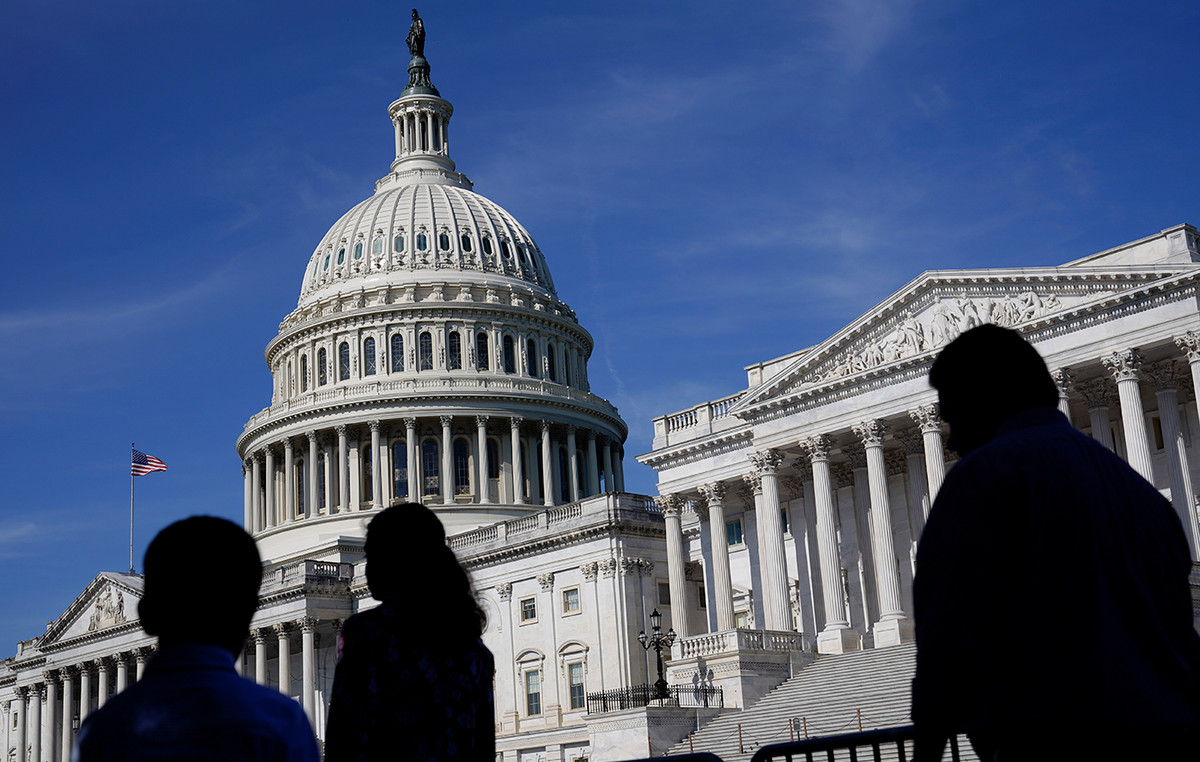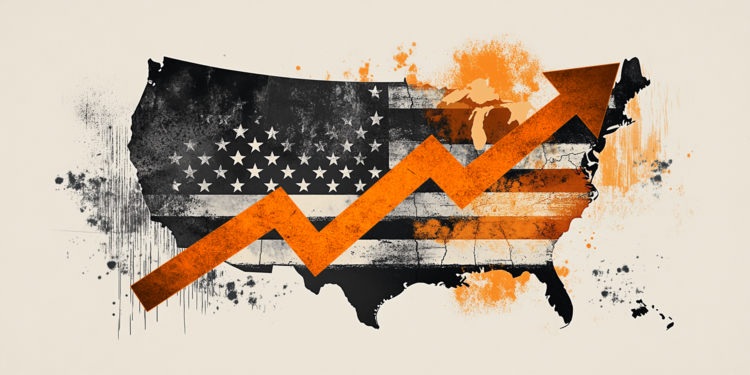Of Dimitris Katsaganis
A 21-day countdown for the operation of the new Auxiliary Capital Insurance Fund (TEKA) is “running” from today.
All those who are insured for the first time from 1/1/2022 will be compulsorily included in this fund – and not in the auxiliary insurance branch of e-EFKA.
According to what features it mentions information note of the Ministry of Labor from 1/1/2022 all those who enter the labor market for the first time (regardless of age), will be subject to TEKA (legal entity under public law) for their supplementary insurance, if they are employed in a sector for which there is a mandatory supplementary insurance.
It concerns, that is, public and private sector employees, engineers and lawyers.
From 1/1/2023 it will be possible to voluntarily be subject to the insurance of TEKA, insured in the Auxiliary Insurance Branch of e-EFKA (former ETEAEP) who have been born from 1/1/1987 onwards and who wish to move from the aforementioned Branch at TEKA.
The specific category of insured can exercise its right to be covered by TEKA insurance until 31/12/2023.
Also, optionally from 1/1/2023, TEKA will be able to include employees who work in sectors for which there is no obligation to be covered by supplementary insurance (eg self-employed, farmers, self-employed health) and who maintain the right to join TEKA until they reach the age of 35.
What will apply to employers and employees
For each new recruitment, the insured is characterized as “new” or “old” and belongs respectively to TEKA or the Auxiliary Insurance Branch of e-EFKA.
The technical details of submitting the APD will be determined very soon, and EFKA – TEKA are cooperating very closely on this issue.
The deadlines and the time of submission of the DPA are not modified and continue to be valid as today, ie the DPA is submitted until the end of the next month by the one who was employed by the employee.
A key differentiation that is promoted, is that the payment of contributions is made based on two payment IDs: one for e-EFKA and one for TEKA.
The employer can not terminate an employee contract if he has not paid the due contributions of auxiliary insurance to TEKA. In other words, the dismissal is invalid when the ancillary insurance contributions to the new Fund have not been paid on time.
Contributions and individual “piggy banks”
Auxiliary insurance contributions will be collected by e-EFKA and will be credited to the individual accounts of the insured.
The amount of contributions does not differ from that of the current system, ie it is 3.25% for the employer and 3.25% for the employee until May 2022, and at 3% for each one from now on.
The insured will be able to access his personal account through a site and application for mobile phones as well as through other portable electronic devices within 2022.
During the first half of 2022, the content, duration and procedure of keeping individual accounts will be determined in detail.
This is a necessary step in order for the insured to have access to the application that will allow them to monitor their accounts.
The website of the new Fund – with all the necessary information for its operation – will operate at the internet address teka.gov.gr.
Also, the application myteka.gov.gr will work, through which the insured will have access to their individual accounts.
How will the “piggy banks” be invested?
The contributions of the insured will be invested in widely diversified portfolios of equity, bond and deposit investment products.
The Board of Directors of TEKA, which has the final responsibility for the investments, assisted by the Investment Committee of the Fund, draws up its investment strategy.
TEKA will develop internally, through the Investment Department of the Fund, a strong investment management team of well-trained professional managers, which in collaboration with external managers will implement the defined investment strategy in the best way for the interest of the insured.
The Risk Management Department of TEKA will be responsible for identifying, monitoring, measuring, evaluating and managing the investment risk of the insured. The head of the Risk Management Department will report directly to the Board of Directors.
TEKA policyholders will be offered a basic pension-investment product (default) that will combine the appropriate mix of risk, return and insurance for the entire working life of a typical insured person without having to deal more with the management of his contributions. .
This portfolio will have a life cycle structure. That is, its composition will vary according to the age of each insured and will correspond to a composition with a higher risk for younger insured, which will gradually decrease as the insured approaches retirement age.
The insured will be offered other pension-investment products, also with a life cycle structure but with a different risk profile, for those who want to choose the risk rating they want to take.
The insured will be automatically classified in the default portfolio and will be able to choose a different portfolio or combination of portfolios through an electronic platform.
If he wishes, the insured will be able to change his portfolio every three years.
In any case, the recommendation of TEKA to the insured will be to trust the professional managers of the Fund and to remain in the default portfolio, throughout their working life.
In three phases the investment “unfolding”
The investment operation of the Fund will be developed gradually in three phases (periods).
The level, structure and classification of the risk of the placements of the savings of the insured are in the absolute responsibility of the Board of Directors of TEKA (the Temporary Steering Committee does not have the appropriate tools to assume this responsibility).
1) During the first, transitional period, the investments of the insured contributions will be invested in very low risk financial products (high interest deposits of the Joint Capital of Legal Entities under Public Law and Insurance Bodies managed by the Bank of Greece).
The transitional period will last up to six months after the election of the Board of Directors, so that it has the necessary time to formulate and parameterize the investment strategy of the Fund.
During the second period, the insured will be offered only the default portfolio with investments in an expanded and diversified securities portfolio, which will have a life cycle structure.
In practice, at this stage all policyholders will have the same type of portfolio due to their uniform / similar age.
The investment committee of EDEKT SA will support the Board of Directors in shaping the investment strategy of the Fund, while EDEKT SA will operate as an external manager and will support the implementation of the investment strategy of the Fund.
The second phase is expected to last until the end of 2024. During this period, the Fund’s Investment Division will be staffed and will have operational competence.
3) During the third period (from the beginning of 2025 onwards) after the addition of the optional insured in TEKA (born after 1/1/1987), the life cycle structure in the default portfolio will acquire a functional dimension.
That is, the portfolios of policyholders will vary in level of risk depending on their age.
At the same time, the insured will be offered other suitably designed retirement / investment risk-rated products for those insured who wish to choose and adjust the level of risk of their retirement savings.
At the same time, the Fund will set up its own Investment Committee, the Investment Directorate will take on a more active role, while EDEKT SA will continue to support the investment function of TEKA as an external manager.
Within two years from the beginning of the third period, TEKA will create a register of certified external managers, expanding the range of its investment options.
Benefits and Guarantees
– A condition for establishing the right to a monthly supplementary pension is the issuance of a main pension and the completion of 15 years of supplementary insurance.
An important innovation of law 4826/2021 is the fact that, in cases where the right to a monthly supplementary pension is not established (ie if for any reason no main pension is granted or 15 years of supplementary insurance are not completed), the paid contributions are returned in real value to the insured meeting the general retirement age, which is not the case today.
In case of transfer of an insured person from the Auxiliary Insurance Branch of e-EFKA to TEKA (ie, in cases of optional affiliation), the supplementary pension consists of two parts: a part from the Auxiliary Insurance Branch of e-EFKA and a part from TEKA for the contributions corresponding to each of the Funds.
The 15-year period is calculated cumulatively for the insurance in the two Funds. For example: An insured person who has served 14 years of insurance in the Auxiliary Insurance Branch of e-EFKA and 12 years in TEKA, establishes the right to a supplementary pension, if he is entitled to a principal.
In this case, the pension will be calculated in separate parts as follows: based on the mental capitalization system for 14 years and the installment that applies to the Auxiliary Insurance Branch of e-EFKA and according to the installment that applies to TEKA, in on the basis of the amount accumulated in his individual account from the contributions paid and their returns during the twelve-year subscription to the insurance of this Fund.
– In TEKA, the protective function of the system against the insured is strengthened. This is achieved thanks to the explicit provision that the State guarantees the payment of a minimum compensatory monthly supplementary pension, which is calculated on the basis of the actual value of the contributions paid by the insured.
Consequently, the insured is granted a supplementary pension at least equal to that corresponding to the contributions they have paid, taking into account inflation – in other words, the State guarantees non-negative returns.
In this way, TEKA policyholders enjoy more effective protection against investment risk, as only returns and not their paid-up capital are subject to market fluctuations.
Furthermore, TEKA provides for a minimum supplementary pension in case of invalidity or death of an active insured person, something that does not apply to the existing system of supplementary insurance of mental capitalization.
In particular, if the balance of the individual account of the insured falls short of the amount of contributions of the insured with 15 years of insurance and earnings equal to the statutory minimum wage of a full-time employee, the State Budget covers the difference and then calculates the amount of the insured pension of other eligible persons.
.
Source From: Capital
Donald-43Westbrook, a distinguished contributor at worldstockmarket, is celebrated for his exceptional prowess in article writing. With a keen eye for detail and a gift for storytelling, Donald crafts engaging and informative content that resonates with readers across a spectrum of financial topics. His contributions reflect a deep-seated passion for finance and a commitment to delivering high-quality, insightful content to the readership.







